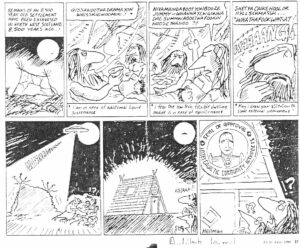
I’m fascinated by the recent publicity regarding the discovery of evidence for a Mesolithic structure at Blick Mead. It is not the discovery itself that interests me (though it is an interesting site), it is the aspects of it which the press release seeks to highlight.
The recovery of evidence for a Mesolithic structure at a site some two kilometres to the east of Stonehenge is interesting and important, but hardly surprising given the elements of Mesolithic archaeology that have come up from the vicinity of the site (summarized in the English Heritage Research Report), not least the specific evidence for a series of substantial post holes found in the area of the Stonehenge Car Park and the more general evidence for activity inferred from palaeoenvironmental investigations.
The Blick Mead press release draws our attention to the nature of the Mesolithic settlement: ‘an ‘eco’ home’, its age, and the suggestion that activity here was continuous for 3000 years, from 7600 BC to 4246 BC. It indicates that this is a major challenge to the traditional interpretation of the Mesolithic as nomadic, and goes on to suggest that the site is crucial to our understanding of the first human occupation of Britain.
I know that press releases are not the place to search for scientific detail, but they are important for our communication to the world at large, so we need to get them right. Here, I am at a loss to identify what it is that makes the Blick Mead structure any different from existing evidence for Mesolithic structures. A range of Mesolithic ‘houses’ now exists across Britain, from the Northern Isles to southern England. Some incorporate hollows, some hearths, some cobbled areas; some have post holes, some slots; some are interpreted as skin covered, some may have used turves, others grass. All could be described as ‘eco’ in today’s terms (though I am at a loss to imagine a non-eco Mesolithic house).
The age of the finds is early but not unusually so. It fits nicely with the evidence that we have for Mesolithic activity from a number of sites across the UK. It is a good Mesolithic site. In a paper published last year in the Wiltshire Archaeological and Natural History Magazine the team note that they now have radiocarbon determinations from every millennium throughout the Mesolithic and this, seemingly, is the foundation for the interpretation that activity here was continuous into the Neolithic and the age of Stonehenge. I’m curious about this, surely most excavations produce a range of dates, often from different millennia? I’ve been involved in one recently where the dates range from the seventh millennium to the fourth millennium BC. But we would never take this as evidence for continuity of activity.
Of course, I am old-fashioned, but challenges to the ‘mobile Mesolithic’ have been trotted out for a while now. To my mind they simply expose an unsophisticated thought process wherein the full range of flexibility inherent in any mobile society is not properly understood, or presented. We can get this depth of information over to the public, in general people are interested. It is always going to be difficult to uncover the smaller, less ‘permanent’ sites, but we need to remember that just because a structure is more robust that does not mean that it was occupied all year round, or indeed by the same members of a community on every occasion.
With regard to the ancient human occupation of Britain, this seems to be something of a red herring. I’m not sure why the press release chooses to ignore the Palaeolithic, I thought that kind of thing only happened in Scotland and then a while ago now.
Overall, I am also concerned at the ‘Mesolithic Eden’ viewpoint that the piece promotes. As archaeologists we are quite good at self reflection. Unsophisticated interpretations like this are generally avoided these days, or I thought they were.
I find the press release quite misleading. Most of the ‘headlines’ in the piece have been used in the past and any reporter writing this up will quickly realise that it is not so much news as old hat. So, apart from the accuracy of the interpretations, I’m upset because we rely on a good relationship with the media to tell people about archaeology. Perhaps we just needed more information.
Blick Mead is a significant site. It is in an interesting location and given the general state of our knowledge any evidence of a Mesolithic structure is good. It is not really surprising to find evidence of Mesolithic activity here, but it does fill a gap and helps us to understand the story of this part of England. Whether or not we can relate it directly to Stonehenge remains to be seen, but there are other places in the UK where significant Neolithic ceremonial centres occupy a landscape that was also active during the Mesolithic, so that is definitely something to explore. Lets not undersell ourselves. It is perhaps a bit more time consuming to write a press release that presents the real value of the site, but surely it is worth doing. If we keep rehashing the same old information people will wonder what we are doing and whether we are a profession that is worth supporting.
I have seen some big changes in archaeology in my time. Perhaps the time has come to include a module on popular communication as a compulsory element of any archaeology degree.

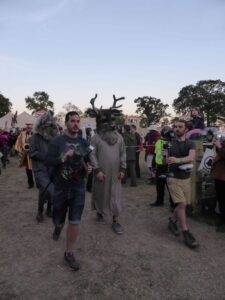
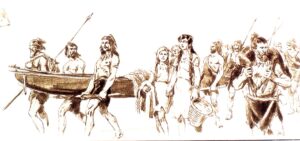
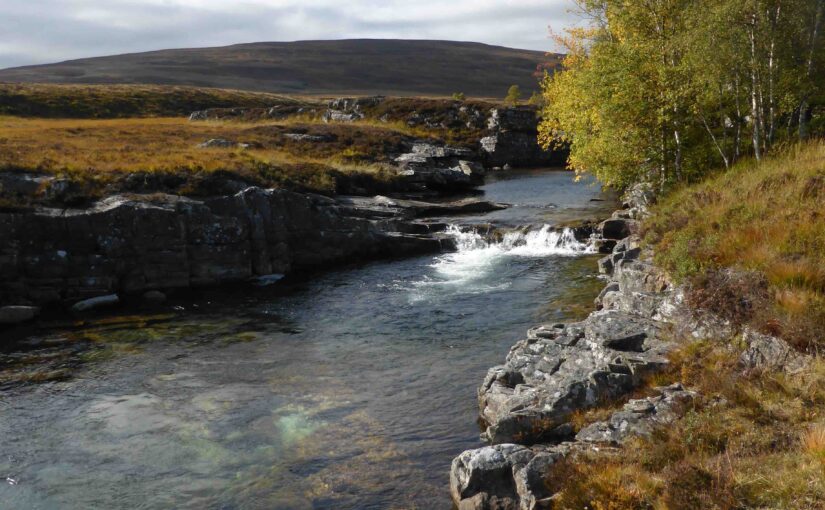
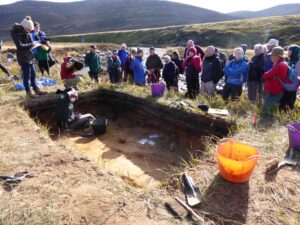
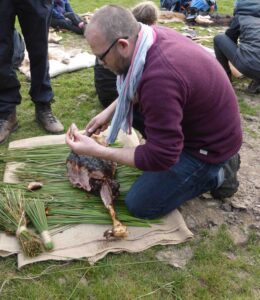
You must be logged in to post a comment.